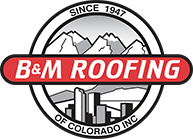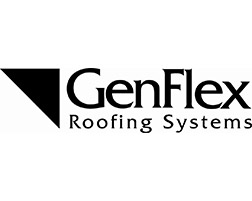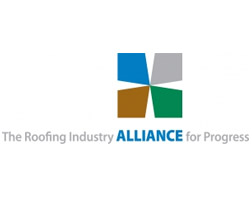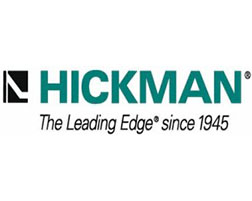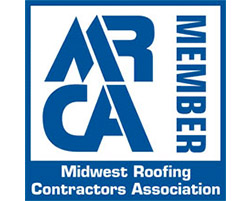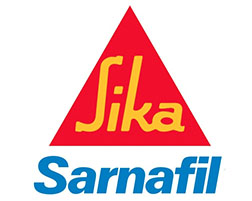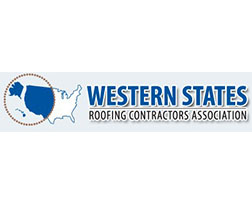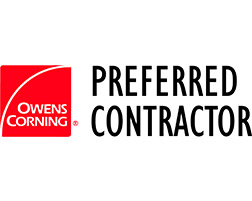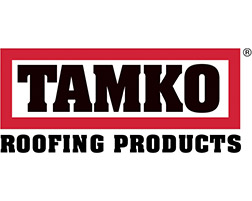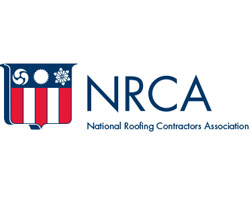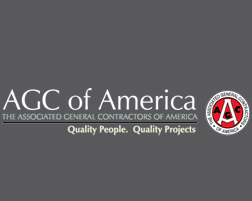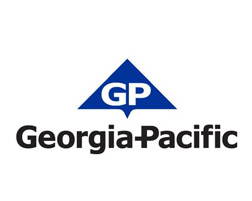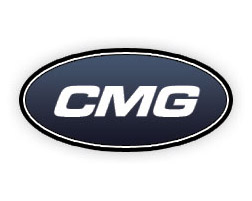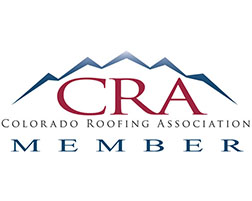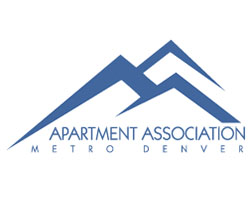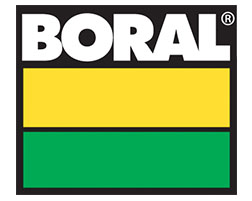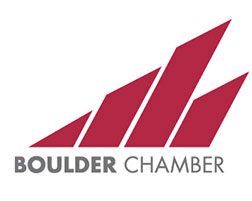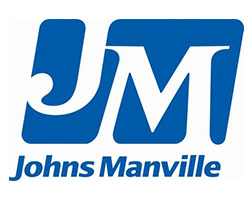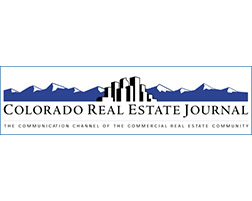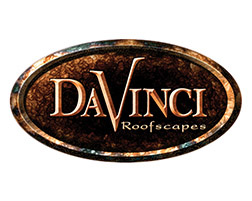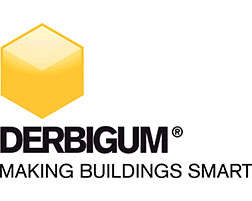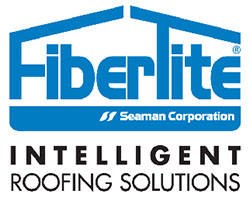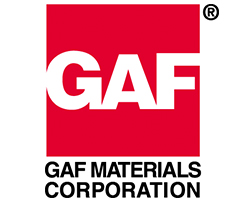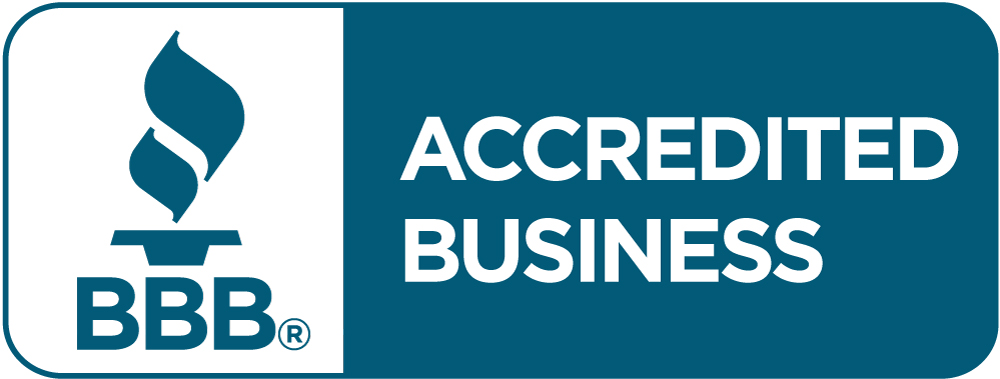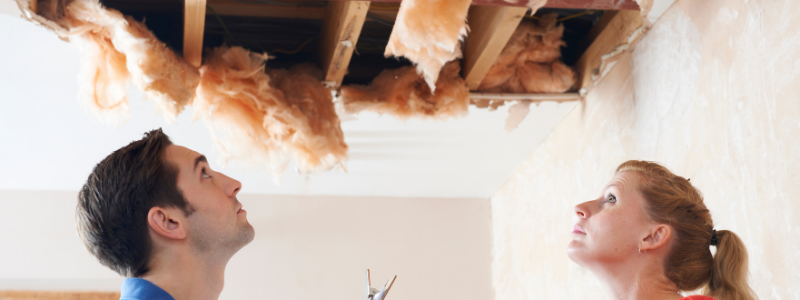
Interior Signs of Roof Damage
In spite of homeowners’ best intentions, roof damage occurs. Risk factors include Colorado’s cold winter temperatures, snow, heavy rainfall, and heat. Besides the weather, roof damage can occur because of poor roofing materials, inferior installation. Lack of regular inspection and upkeep can accelerate roof damage. The best way for homeowners to assess roof damage is by inspecting the roof itself. However, there are many interior signs of roof damage. These may prove more costly than the price of roof repair or replacement. Roof damage is not always easy to spot. If your roof style doesn’t allow you to get up there safely and easily, then you may miss signs that your roof needs immediate repair. Most homeowners don’t own the necessary equipment and safety harness to do an annual roof inspection themselves. That’s why it is important to have a roof inspection specialist assess the condition of your roof at least once a year. From inside your home, you can look for interior signs of roof damage.
How to Check for Interior Signs of Roof Damage
Ask yourself these key questions:
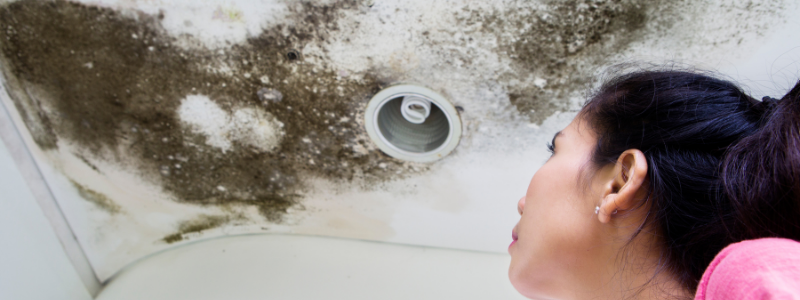
Is there Mold Growing in Your Home?
When moisture accumulates in your home, there is a greater risk of mold spores growing.
Mold is nothing to take lightly. Over a hundred thousand species of mold can grow in your house if the water is allowed to accumulate.
How can you spot mold growth? Be on the lookout for musty spells. Look for mold growth on surfaces.
Sabrina Felson warns of the dangers of exposure to mold. Early signs that you may have mold exposure include things like headaches, sneezing, itchy skin, rashes, or irritated eyes.
If mold is not eliminated, you could develop more serious health conditions like respiratory difficulties, ear infections, nausea, blurred vision, chronic fatigue, neurological disorders, or heart palpitations.
Among the methods of preventing mold from growing, the Centers for Disease Control and Prevention advocates keeping your roof in good repair and making sure there are no leaks around windows and pipes.
Is Paint Peeling on the Walls or Ceiling?
If the paint on your walls and/or ceiling has begun to blister or peel, it may be a sign of roof damage. When you notice peeling or blistered paint, the first step is to repair or replace the roof.
The next step is to fix the damaged areas. First, scrape off the peeling paint with a putty knife and sanded. Clean off the accumulated dust. Apply a thin layer of patching compound with a putty knife. Allow the treated area to dry. Do this twice before priming the area with an oil-based primer. When the primer is dry, paint the repaired area with flat acrylic paint.
Are Puddles of Water Accumulating on the Floor?
If your roof leaks, you may begin to notice water puddles when it rains. Although buckets to catch those drips provide a temporary fix, you need to repair or replace that roof soon. Otherwise, those puddles will ruin the flooring.
Water puddles present a risk to the health and safety of home residents. Slip and fall injuries are more likely on wet floors.
There are more dangers of standing water in your home. Even if the water is clean, it can be a breeding ground for mold. Parasites, bacteria, and mold spores can develop in as little as two days as noted by a Flood Services study.
Can You See Light Coming through the Attic?
While you can’t always perform a visual study of the exterior of your roof, you can check out the attic.
If you can see light in a darkened attic during a sunny day, there are holes or cracks in the roof. These open spaces will let in rainwater.
In no time, mold and deterioration of insulation will occur. This accumulating moisture will also break down roof materials.
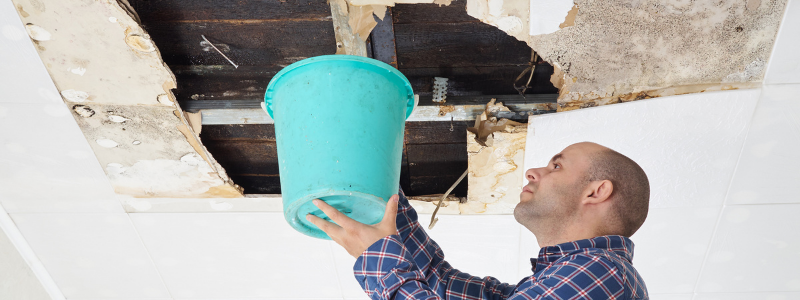
Are Moisture Levels on the Rise?
When a roof is damaged, there are gaps or cracks between the roofing materials. The result is an accumulation of moisture or an increase in humidity.
Rain can seep into your home not just through damage to the roof. Rainwater can also enter through the foundation because gutters don’t work properly to direct water away from the foundation.
When you have your roof inspected annually, make sure the roofing inspection includes gutter cleaning and repair.
If moisture droplets accumulate on floors, ceilings, and wall surfaces and run down into walls, windows, and structural components, they will create an optimum environment for bacteria, mold, and mildew. This can create rot and peeling paint. Furniture, drapes, and other household items will get damp and musty.
Is there Structural Damage to the Interior of the Roof?
Water that gets into your home from a leaky roof can create severe structural damage.
It is important to inspect exterior trim, wall framing, ceiling joists, rafters, and fascia boards for any signs of damage.
If water gets in repeatedly, the wooden components of your house will start to rot. This weakens them over time. The result may be roof failure.
Repairing the structural damage should be a part of roof repair or replacement. If the roof is not fixed, the root cause of structural damage to the interior of the roof will continue. You will soon be repairing that structural damage all over again.
Have Your Energy Bills Increased?
Roof damage isn’t the only reason for an increase in energy bills. Perhaps rates have gone up. Maybe your household has increased and appliances are being used more.
However, when energy bills increase without a logical explanation, chances are roof damage is the cause.
Roof damage can go undetected for a long time if your roof is not inspected regularly. If this is the case, your energy bills will continue to mount.
When the insulation under the roof is damaged or eroded, your heating/cooling system must work overtime to maintain comfortable temperatures in your home. This will increase your household’s energy consumption.
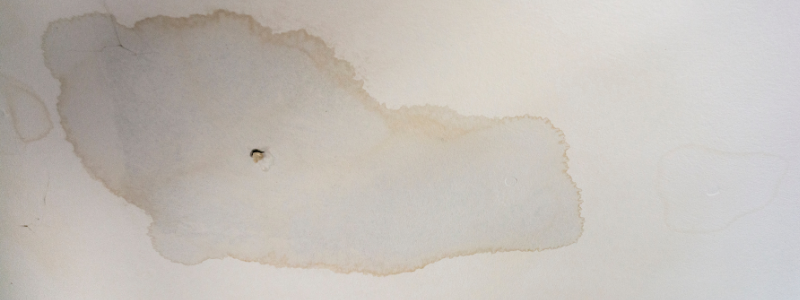
Has Your Ceiling Developed Unsightly Stains?
If water gets in through a damaged roof, it is likely to stain ceilings and other areas of your home. Water blemishes may be brown, grey, or even yellow. If you notice stains, it’s time to have your roof checked.
A roof inspection specialist will be able to pinpoint the problem and repair or replace the damaged roof.
How Can B&M Roofing Help?
B&M Roofing specializes in repairs and roofing of residential and commercial structures. Our technicians can ably handle such projects as roofing, remodeling, as well as cleaning and repairing eaves and gutters.
B&M Roofing has been a trusted roofing repair and replacement business in Colorado since 1947. Our knowledgeable, skilled roofing technicians can assess needed repairs. They are capable of using all roofing materials on any type of roof.
If you own a Colorado home, B&M Roofing is ready and eager to meet your roofing repairs and replacement needs.
For a free assessment of your roof, contact us at https://bmroofing.com/ or give us a call at (303) 443-5843.
